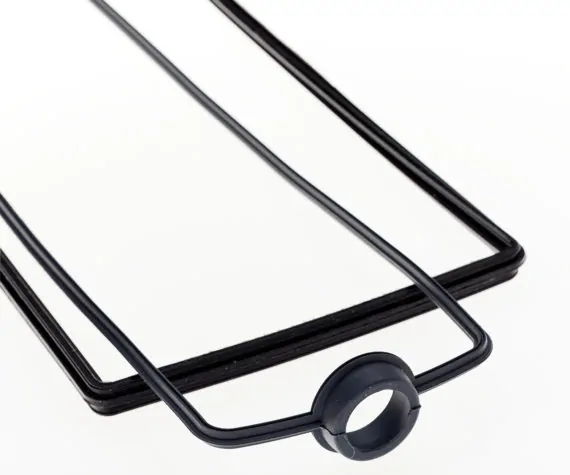What is compression rubber moulding?

Rubber mouldings can be produced using several different techniques; one of the methods used is called compression moulding.
Compression mouldings are generally produced using a simple top and bottom steel tool.
However, for more complex mouldings you are not limited to just two plates.
Compression rubber mouldings are generally produced using a simple top and bottom steel tool. However for more complex mouldings you are not limited to just two plates. Each half of the tool will have single or multiple cavities cut into them that form the shape of the final moulding.
Before moulding commences the material needs to be prepared. A pre-compounded uncured rubber is cut to shape and to a specific weight. This is a very important part of the process as the shape and weight determines how the material flows under heat and compression. It also determines the amount of excess rubber that needs to be removed from the finished moulding
Before moulding can begin the tool needs to be loaded into the correct moulding press, the suitable press will be determined from the size of the mould tool and the pressure required when operating the tool.
Once the setup of the tool and machine is complete the pre-cut material is loaded into the tool cavity. The mould is then closed and heated up to pre-determined temperature and under heat and compression the rubber is formed into the desired shape and vulcanisation occurs after a prescribed time.
Once the moulding cycle is complete the part can be removed and the excess rubber or flash can be trimmed from the part. The tool is then loaded again with material and the cycle repeated.
Compression rubber moulding has many advantages. The process is suitable for both low and high volume moulding, it has low setup costs when producing small numbers and for large quantity orders large multiple cavity tools can be designed. Tooling costs are also low ranging from a few hundred for single impression tools to a few thousand pounds for multiple cavity tools.
Part design is also not as restricted as with some other forms of moulding, tools can be produced with multiple plates to accommodate undercut features and removable cores for complicated cover mouldings or over moulding onto metal inserts.
However the process can be slow due to the loading time of material, material cure time and time taken to unload parts from the tool, so if large quantities of parts are required then it is essential to use a large tool with multiple cavities to ensure maximum yield.
Deciding on best moulding process is generally best left to your supplier, it may be compression, transfer or injection moulding that would be best, they will be able to decide the method based on the product design, quality of finish required and quantity of parts required.